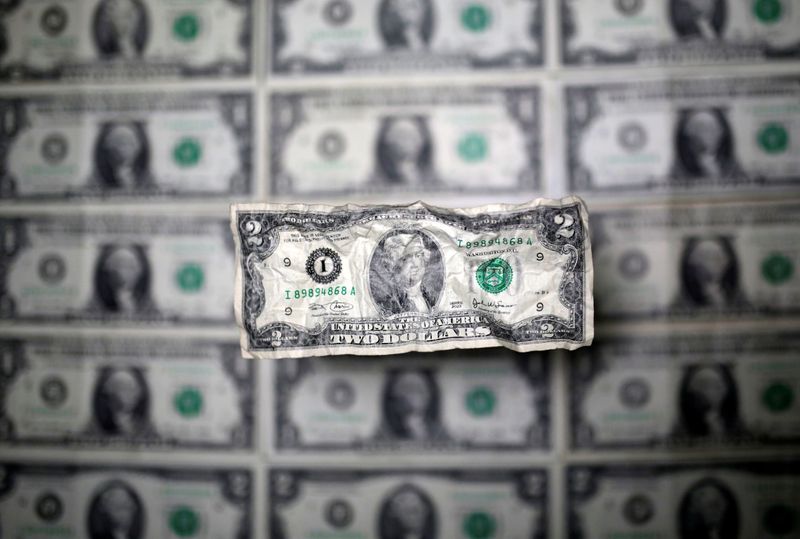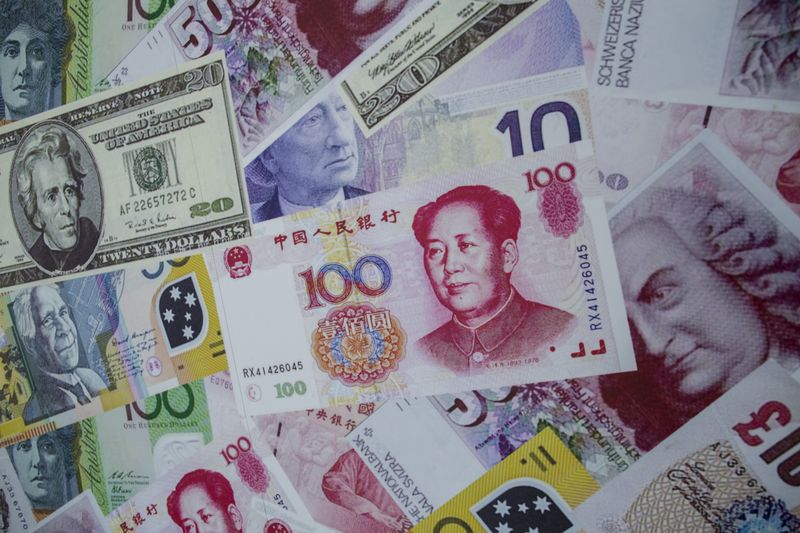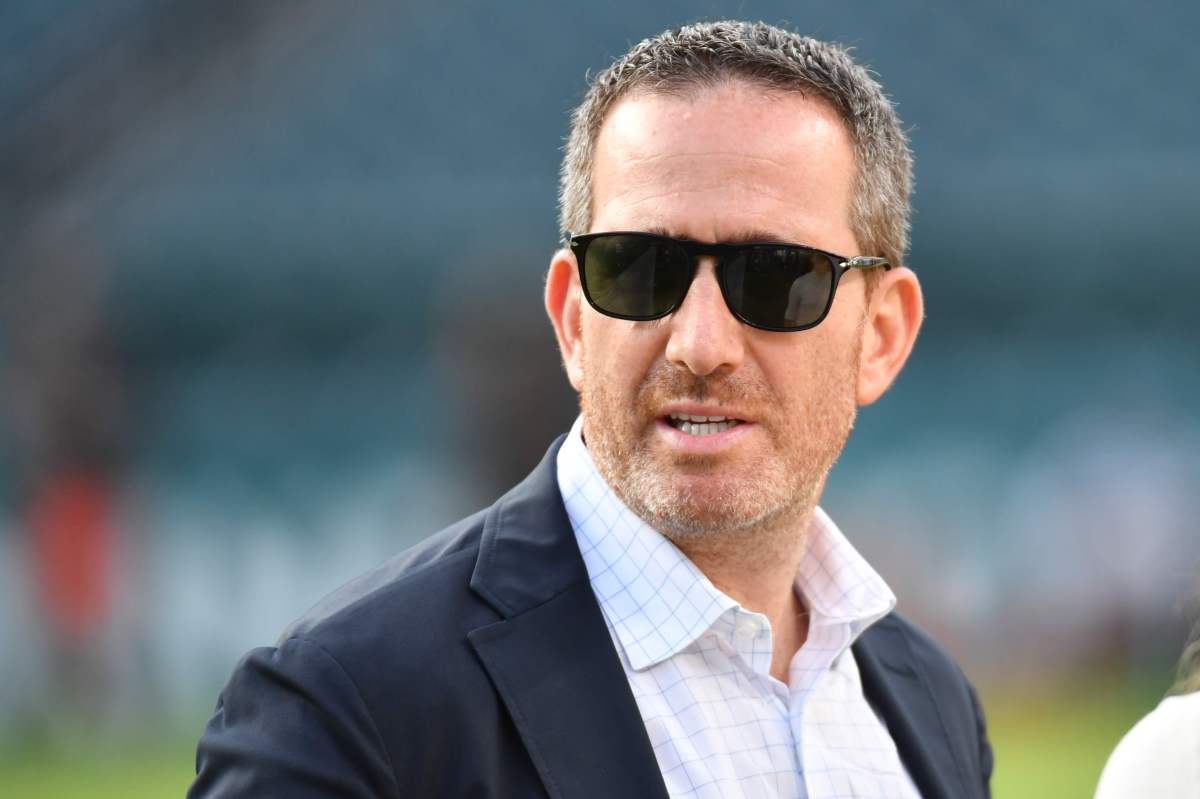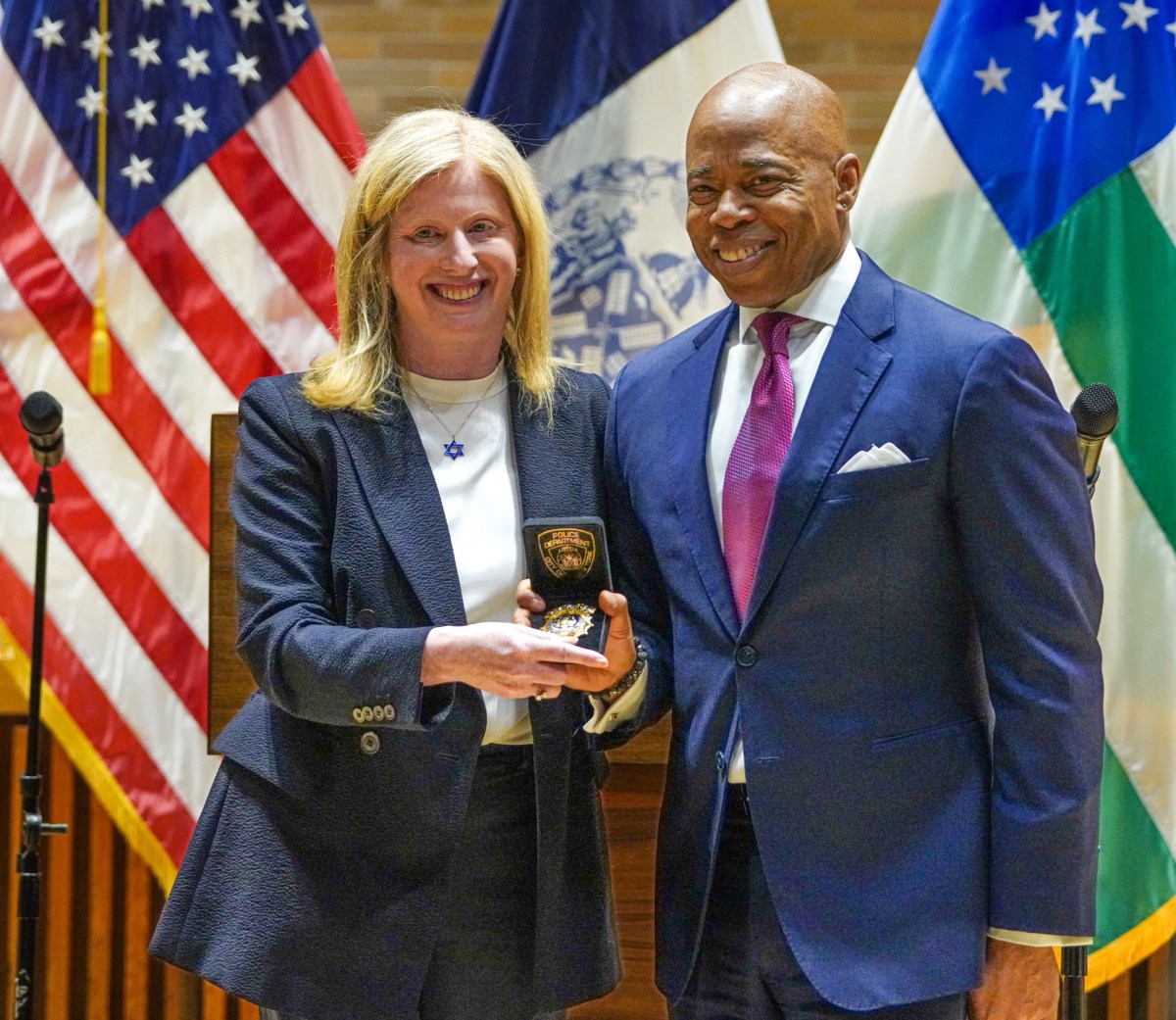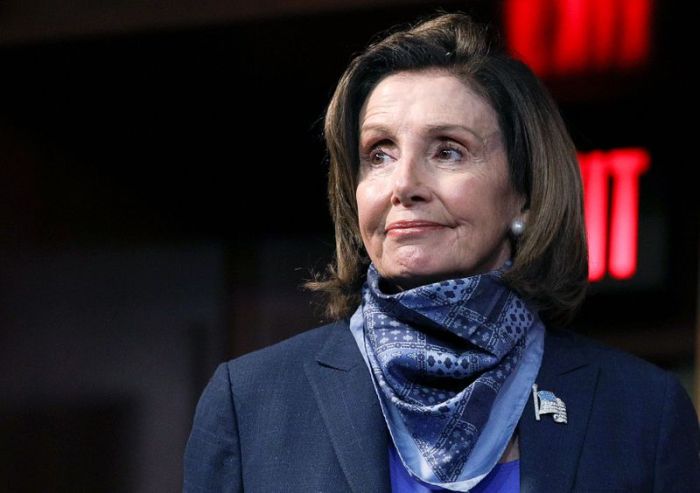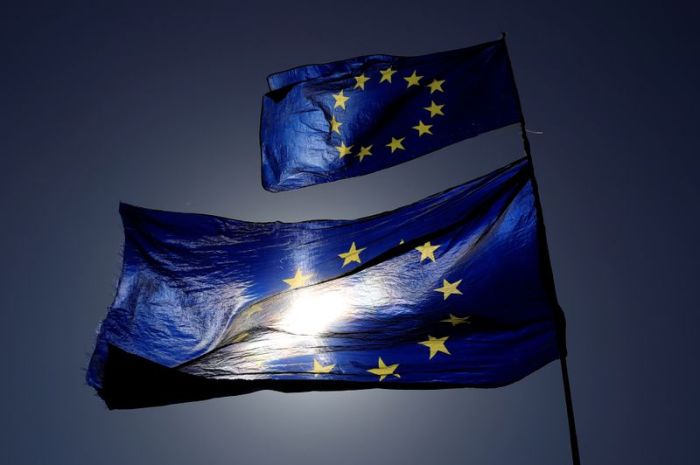NEW YORK (Reuters) – The dollar edged higher on Wednesday, adding to the previous session’s gains, as safe-haven currencies remained largely well supported even as markets began to stabilize and oil prices recovered from another slump.
The U.S. Dollar Currency Index <=USD>, which measures the greenback’s strength against six other major currencies, was 0.19% higher at 100.39. The index hit a two-week high of 100.50 earlier in the session.
Brent crude oil <LCOc1> rebounded from two days of losses and U.S. futures surged on Wednesday, bolstered by tentative talk of additional supply cuts from OPEC producers and U.S. inventory builds that were less dire than some expected. [O/R]
U.S. crude oil futures turned negative on Monday for the first time in history, as a supply glut and lack of storage forced desperate traders to pay to get rid of oil.
On Wednesday, most currencies traded in relatively narrow ranges against a backdrop of steadying stock markets.
“The focus is really on two things: what politicians and governments are doing dealing with the virus, and more importantly people are talking about the lockdown and the reopenings by state,” Anderson said.
The U.S. House of Representatives will pass Congress’ latest coronavirus aid bill on Thursday, House Speaker Nancy Pelosi said, paving the way for nearly $500 billion more in economic relief amid the pandemic.
President Donald Trump said on Wednesday that U.S. states are safely starting to reopen businesses, even as some public health officials warned that relaxing restrictions too quickly could trigger a new surge in cases of the coronavirus.
The dollar was about flat against the Japanese yen <JPY=>. The yen climbed rose about 0.4% against the euro.
A rebound in oil prices after the recent sharp drops helped ease the strain on commodity-linked currencies. The dollar was 0.15% lower against its Canadian counterpart <CAD=>.
The Norwegian crown remained weak on Wednesday, hitting a fresh near four-week low against the greenback.
The euro was range-bound before an EU meeting tomorrow to discuss financial aid in the euro zone. It was last down 0.3% against the dollar. <EUR=>.
The Australian dollar was up 0.67% after a record surge in retail sales last month, spurred by panic buying <AUD=D3>.
Sterling recovered on Wednesday, as some traders bought back the currency that had slipped to a two-week low the day before during a flight to financial safe havens after oil prices crashed.
Graphic: Oil-linked currencies feel the pain https://fingfx.thomsonreuters.com/gfx/mkt/azgvoolmvdx/OIL%20FX.JPG
Graphic: World FX rates in 2020 https://graphics.reuters.com/GLOBAL-CURRENCIES-PERFORMANCE/0100301V041/index.html
(Reporting by Saqib Iqbal Ahmed; Editing by Lisa Shumaker and Nick Zieminski)

